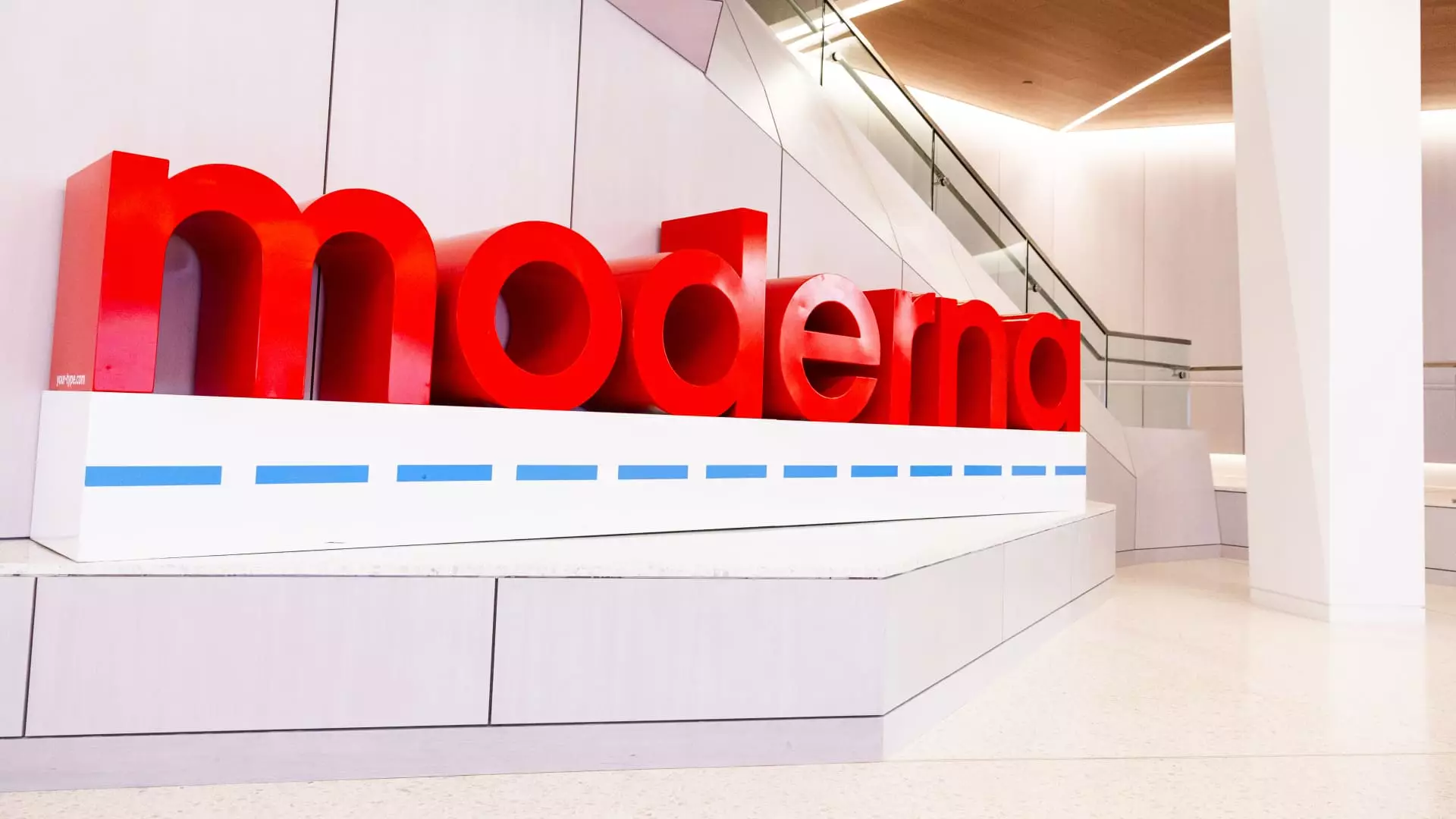Moderna’s recent announcement about its experimental mRNA-based influenza vaccine, mRNA-1010, may have sounded like a promising leap for public health, but it also exposed some uncomfortable truths about the modern vaccine landscape. While the company reported stronger efficacy compared to traditional flu shots in a large-scale trial, the broader context — involving regulatory uncertainty, political interference, and market competition — casts a shadow over what should have been a straightforward scientific advancement. Moderna’s flu vaccine emerges as a beacon of innovation, but the path ahead is anything but smooth.
Regulatory Roadblocks in a Politicized Era
One cannot overlook the regulatory quagmire Moderna is navigating. The vaccine’s path to approval is not merely a process governed by science and safety, but tangled with political influences. The Food and Drug Administration (FDA), the primary gatekeeper, is currently under the stewardship of Robert F. Kennedy Jr., a prominent vaccine skeptic whose leadership has injected unprecedented skepticism and instability into vaccine policy. This politicization of health regulation begs a serious question: How much of vaccine approval today hinges on politics over data? Moderna’s voluntary withdrawal and reapplication strategy reveals an attempt to appease a regulator struggling to balance public health needs with ideology. That Moderna claims “a pretty clear path” forward for approval might be optimistic spin rather than sober fact.
Scientific Breakthrough in Influenza Prevention
Putting politics aside, Moderna’s data is compelling. The phase three trial involving over 40,000 adults aged 50 and older showed a 26.6% improvement in efficacy over existing flu vaccines, including robust protection against dominant strains such as A/H1N1 and A/H3N2. Particularly noteworthy is the improved efficacy in seniors, a demographic typically most vulnerable to flu complications and historically underserved by traditional vaccines. This marks a substantive leap, potentially reducing the heavy burden of seasonal influenza hospitalizations, which recently hit a 15-year high in the U.S. Moderna’s mRNA technology, proven during the pandemic, demonstrates its versatility, now potentially revolutionizing flu vaccines after years of stagnation in this area.
Market Dynamics and Corporate Ambitions
From a center-right perspective, Moderna’s endeavors also highlight the fierce market competition and profit motives driving pharmaceutical innovation today. The respiratory vaccines market, encompassing flu, COVID-19, and RSV, is a multibillion-dollar business. Moderna openly acknowledges ambitions to capture its “fair share,” a reminder that beyond public health, corporate interests play a critical role in shaping vaccine development. Some may argue this profit motive aligns pharmaceutical innovation with consumer needs, spurring faster development and wider distribution. Others might caution about the risks of prioritizing market dominance over affordability and access, especially in public health crises.
Integration and Efficiency: The Appeal of Combination Vaccines
Moderna’s vision extends beyond a standalone flu shot to an integrated combo vaccine addressing both COVID-19 and influenza. The company touts this as a game-changer for healthcare efficiency — fewer injections, simplified logistics, and reduced strain on health workers. This efficiency argument is compelling, especially as health systems are stretched thin. However, the regulatory hurdles remain steeper for combination vaccines, requiring robust data demonstrating safety and efficacy for multiple pathogens simultaneously. Success here could transform seasonal vaccination campaigns, but failure could delay public access and discourage similar innovation.
Political Winds and Market Volatility
Moderna’s share price decline exceeding 30% this year underscores the volatile intersection of biotech innovation and political uncertainty. The Trump administration’s cancellation of contracts and vaccine policy shifts illustrate how changes in government priorities can dramatically impact vaccine development timelines and investor confidence. For a sector often seen as apolitical and science-driven, this volatility should give pause. It also raises questions about national vaccine strategy consistency — a crucial element for protecting vulnerable populations.
A Tentative Optimism with an Eye on Reality
Moderna’s mRNA-1010 flu vaccine signals an optimistic stride in vaccine science, with the potential to reduce the annual suffering and healthcare costs inflicted by the flu. Nonetheless, the real story lies in the interplay of groundbreaking science overshadowed by unstable regulatory environments and commercial pressures. This complicated dance suggests that vaccine innovation—even when successful in trials—faces an uphill battle in translating breakthroughs to widespread impact. For those who believe in rational, effective public health policy guided by data and market pragmatism, the Moderna case serves as both inspiration and cautionary tale. The health system’s future depends on navigating this complexity without succumbing to political disruption or market myopia.

